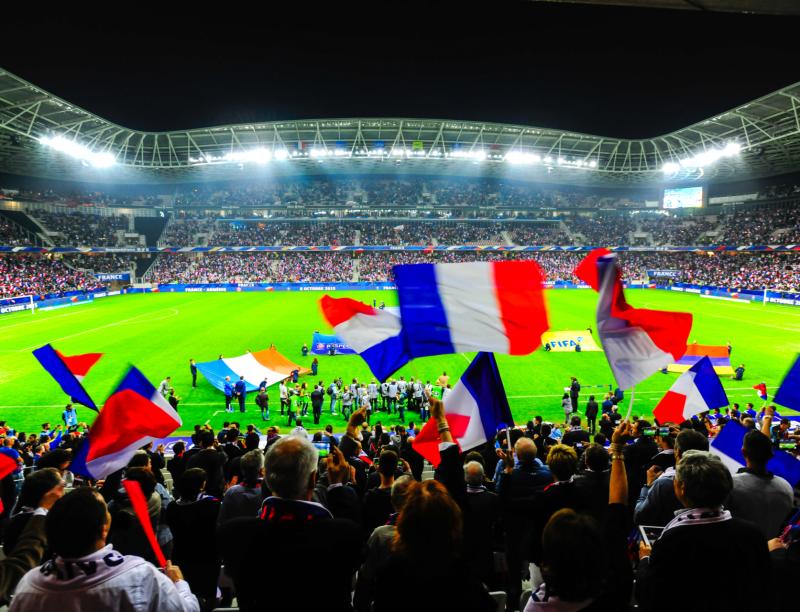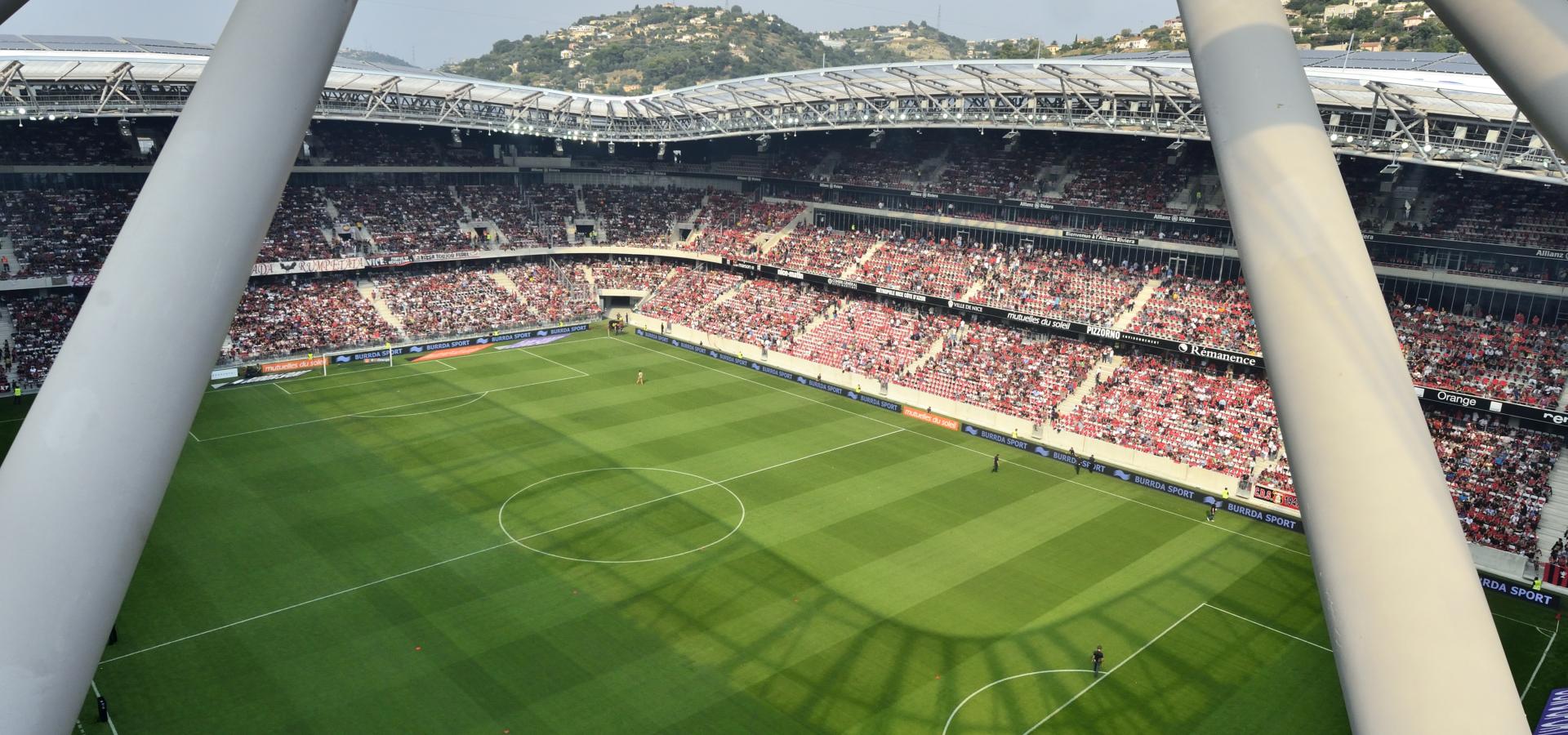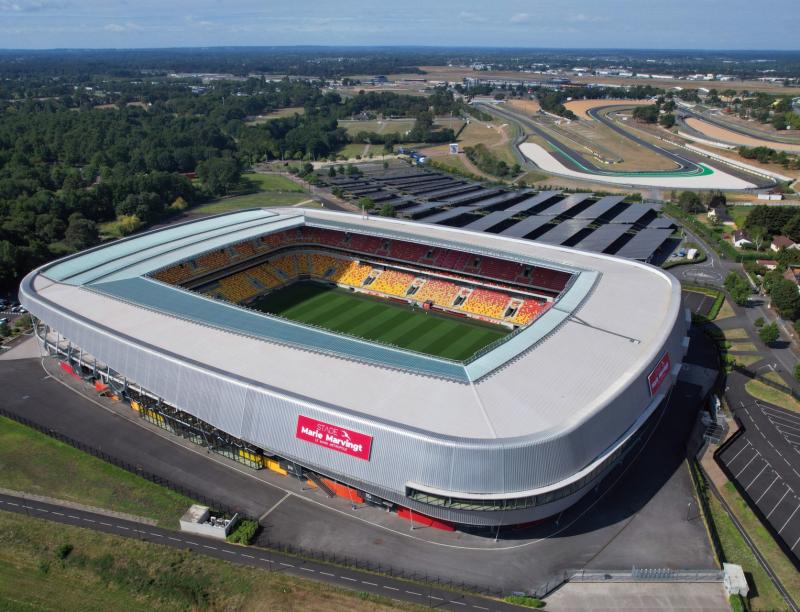
Allianz Riviera, Nice
The Allianz Riviera, designed by internationally renowned architect Jean-Michel Wilmotte, opened its doors in 2013 under the impulse of the City of Nice and with the strong commitment of Allianz, namer partner. The 36,178-seat stadium has already contributed to the extraordinary development of its resident club, OGC Nice, both in terms of the quality of the facilities provided and the spectator experience.
In 2024, the stadium hosted 27 events, including six men's and women's Olympic soccer tournament matches, 16 Ligue 1 and Coupe de France soccer matches for its resident club, OGC Nice, three Europa League matches, a match for the French women's soccer team and a concert.
The Allianz Riviera also hosted the 4 th edition of the Tournoi des Défenseurs de l'Enfance to mark International Children's Rights Day, as well as the 2nd edition of the Allianz Riviera Run trail.

